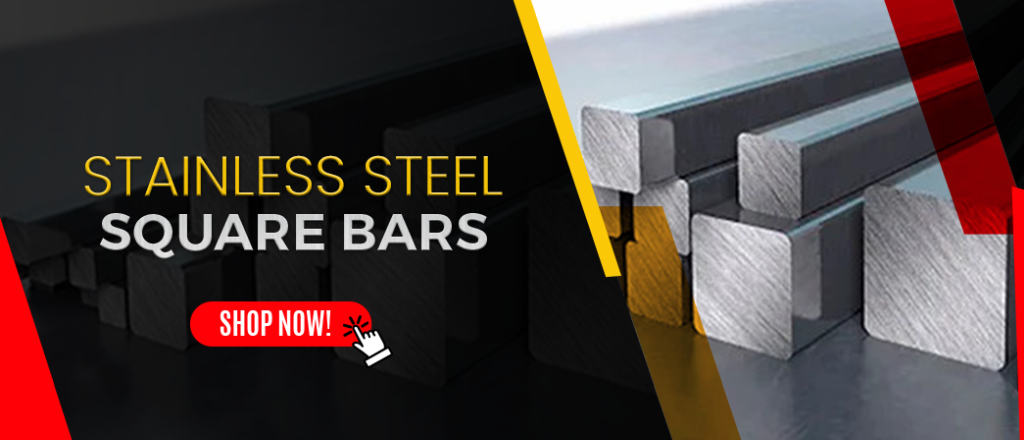Stainless Steel Grade 431

Metallurgy science advances the knowledge of stainless steel applications in various industries. Well, known different grades are available worldwide. Stainless steel can be recycled infinitely, remarkably strong, and substantial.
Stainless steel is the simplest name used for a large variety of ferrous amalgamation which is resistant to corrosion. Chromium makes a protective layer on the surface of stainless steel that protects it from different surrounding mediums.
There are several grades of stainless steel and each grade has different compositions of iron, carbon, and chromium. Also constitutes other alloying agents like nickel, molybdenum, manganese, sulfur, etc. Resisting corrosion makes it an ideal selection for numerous applications.
Ferritic stainless steel is a low carbon, chromium stainless steel with 11- 18% chromium. It may also contain molybdenum in small traces. Ferritic stainless steel has a body-centered cubic (BCC) crystal structure; due to its structure, it is magnetic. It offers good corrosion resistance, depends upon the level of chromium.
In comparison to other stainless steel, it has low carbon content and results in relatively low strength. Ferritic stainless steel shows poor weldability and lowers corrosion resistance
Ferritic stainless steels are ideal for applications runs at elevated temperatures. Mostly used in petrochemical, exhaust systems, heat exchangers, furnaces applications, hot water tanks, etc
Grade 431 Stainless Steel
Grade 431 is martensitic stainless steel. It is high chromium and low nickel stainless steel. It is mainly known for its hardness and excellent corrosion resistance property. Grade 431 stainless steel is a heat-treatable grade and can be hardened up to 40HRC. Its high yield strength prevents cold working and is not suggested for the use of the same. It offers excellent corrosion resistance, strength, toughness, and tensile properties. It is used extensively for the manufacturing part which requires strength, toughness, and tensile properties. It makes grade 431stainless ideal for aircraft parts, bolt, and nuts, propeller, shaft, etc.
Corrosion resistance offered steel is generally lower than the austenitic grade. Grade 431 stainless steel loses ductility at sub-zero and also loses its strength at elevated temperatures. It provides better machining properties than austenitic grades but offers lower corrosion resistance.
COMPOSITION
Grade SS 431 is high chromium, low nickel stainless steel. It contains15-17% chromium and 1.5 -2.5% nickel. It also contains silicon, manganese, phosphorous, and sulfur.
PHYSICAL PROPERTIES
Grade SS 431 attains a metric density of 7.8 g/cm3.
The modulus of elasticity is 200Gpa.
Electrical resistivity is 720 nΩ.m
Melting point range: 1482 °C (approximately)
THERMAL PROPERTIES
Thermal expansion coefficient is 10.2 µm/m° at 1-100°C
Thermal conductivity is 20.2 W/mK at 100°C.
MECHANICAL PROPERTIES
In annealed conditions, Grade SS 431 attains a tensile strength of 862 Mpa and yield strength of 655 Mpa.
Hardness is 285HB.
Elongation is 20% in 50mm.
HEAT TREATMENT
Annealing
Grade 431 stainless cannot be processed for full annealing. It becomes hard at slow cooling.
Process annealing can be done at 620-660°C, followed by air cooling.
Hardening
Material is heated in a temperature range of 980-1065 °C for half an hour and then followed by oil quenching.
Tempering
Tempering is done at 600-800°C. Tempering is done to improve its mechanical properties. Tempering should be avoided in the temperature range of 425-600
PROPERTIES
CORROSION RESISTANCE
Grade 431 stainless steel offers the highest corrosion resistance in ferritic stainless steel. Grade 431 offers considerable corrosion resistance to saltwater, industrial atmosphere, organic materials, nitric acid, and petroleum products. Grade 431 performs best with a smooth surface in hardened and tempered condition.
Grade 431 stainless steel is not suitable for warm tropical water. It is less corrosion resistant than austenitic grades.
HEAT RESISTANCE
Grade 431 stainless steel offers a scaling resistance of 925°C in intermittent conditions and 870°C in continuous operations.
Grade 431 stainless steel should not be exposed to a temperature greater than the tempering temperature.
WELDING
Grade SS 431shows poor weldability. It is difficult to weld Grade 431 stainless steel due to the incidence of cracking. Welding can be done by preheating the material to 200 to 300 °C. Then re-hardening and annealing are done at 650°C.
Alloy 410 low hydrogen electrodes are appropriate for welding if needed.
Stainless steel 410 is type which comes under stainless steel 400 series
MACHINABILITY
Grade SS 431 can be machined easily in an annealed state. It is difficult to machine the material if hardened above 30HRC.
APPLICATIONS
Grade 431 stainless steel is intended to use for applications requiring high tensile strength and toughness coupled with good corrosion properties.
It is used extensively for the following:
- Aircraft parts
- Marine components
- Pump and propellers shafts
- Nuts and bolts
- Laboratory equipment
- Studs
- Valve parts
Ambica steels offer superior fine quality grades 431 bars. Bars are available in round, square, flat, hexagonal, and customized shapes. Inquiry and orders are welcome.
